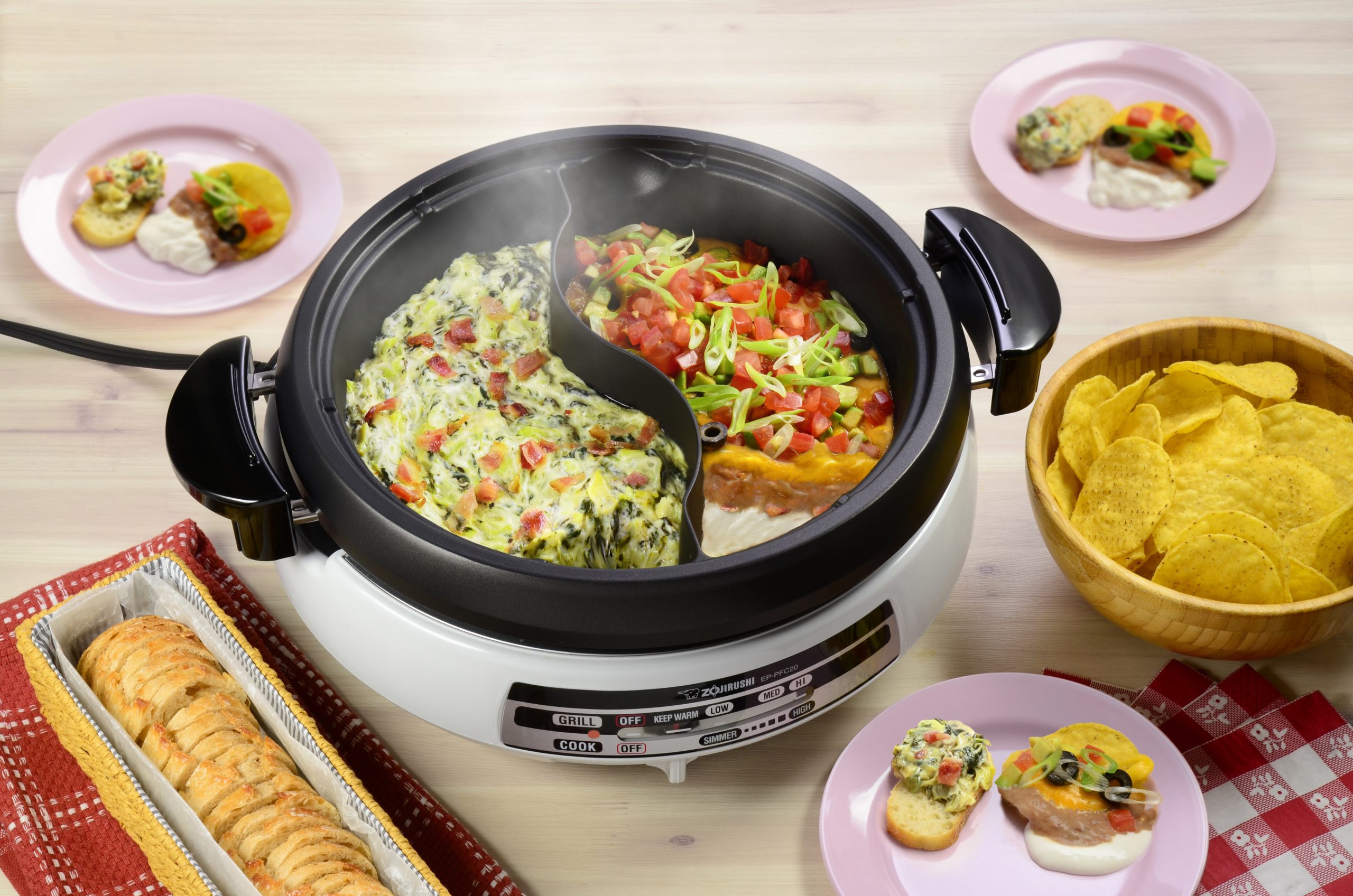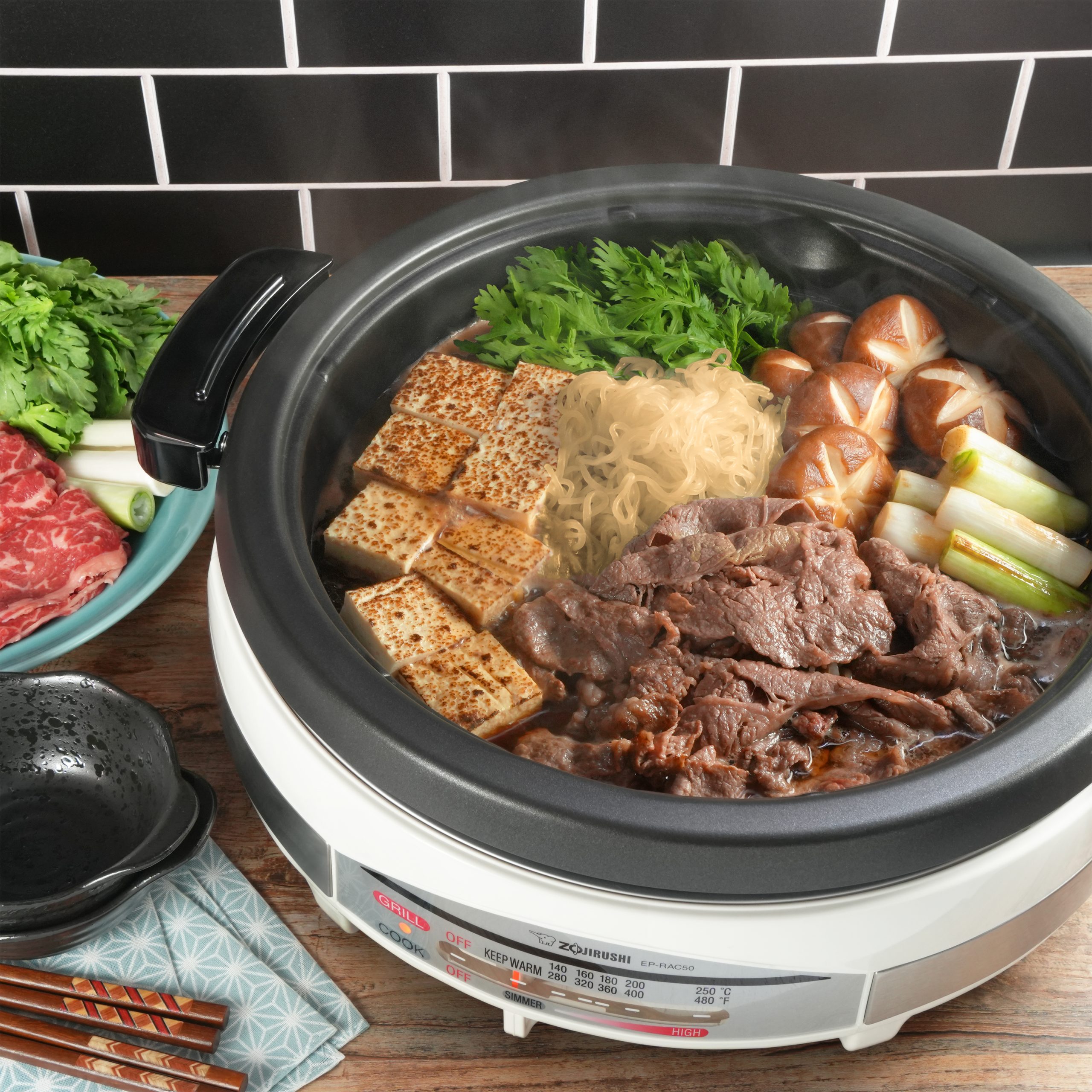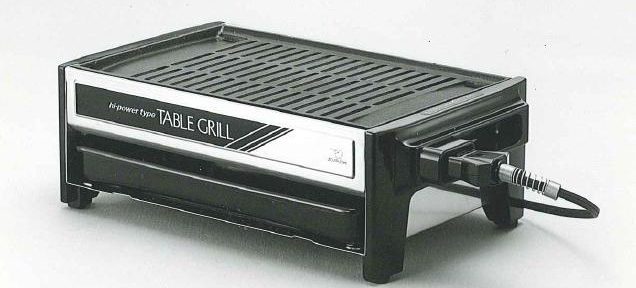Tag: electric skillet

Create Memorable Family Dinners with Zojirushi Tabletop Cooking Solutions
Read more: Create Memorable Family Dinners with Zojirushi Tabletop Cooking SolutionsFamily dinners are about more than just the food—they’re a time to connect, laugh, and…

Blast from the Past: Zojirushi’s Most Iconic Tabletop Cooking Appliances!
Read more: Blast from the Past: Zojirushi’s Most Iconic Tabletop Cooking Appliances!Step back in time with us to the mid-1970s, when family diner-style restaurants were gaining…

Sukiyaki: Japan’s Heartwarming Dish That Sings ‘Gutsu Gutsu’
Read more: Sukiyaki: Japan’s Heartwarming Dish That Sings ‘Gutsu Gutsu’Sukiyaki is a beloved Japanese dish that warms the soul as it fills the stomach. It’s…

Favorite Fall Comfort Foods
Read more: Favorite Fall Comfort FoodsHere’s the thing—you wouldn’t expect the words “comfort food” and “high tech” to go together,…

Bert-san’s Take—Gourmet d’Expert® Electric Skillet (EP-RAC50) & Giveaway
Read more: Bert-san’s Take—Gourmet d’Expert® Electric Skillet (EP-RAC50) & GiveawayI am so happy to announce my first giveaway for Zojirushi this month! To enter,…





